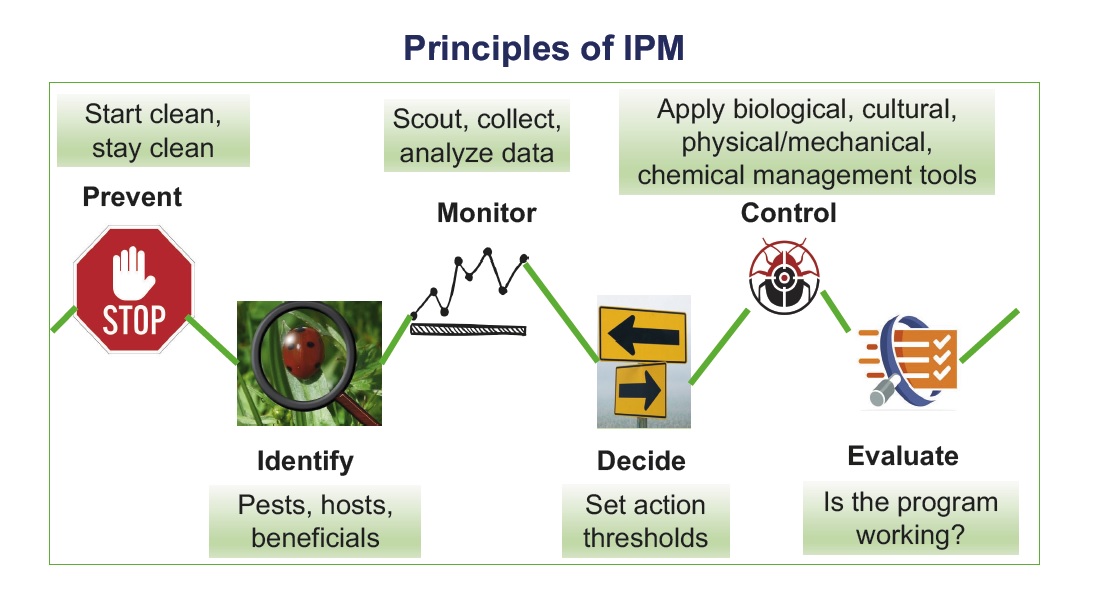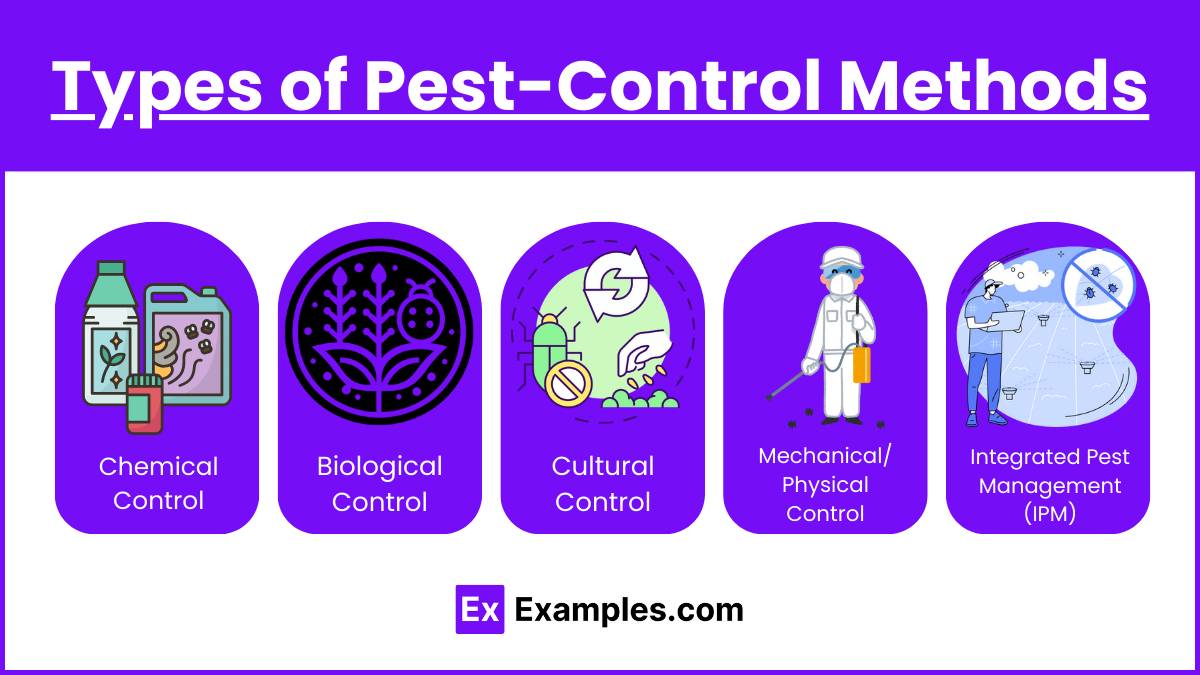Not known Facts About Pestwise
Not known Facts About Pestwise
Blog Article
Getting The Pestwise To Work
Table of ContentsGetting My Pestwise To WorkPestwise Can Be Fun For EveryoneAll About PestwiseLittle Known Facts About Pestwise.Things about PestwiseSee This Report on PestwiseThe Definitive Guide to Pestwise

Q. Define "integrated bug management" (IPM) and checklist numerous possible control methods that may be made use of in an IPM method. A. Integrated parasite administration is the incorporating of appropriate parasite control techniques into a solitary plan to minimize pests and their damages to an acceptable level. Parasite control strategies might include: host resistance, organic control, cultural control, mechanical control, hygiene, and chemical (pesticide) control.
The Single Strategy To Use For Pestwise
What can you do to maintain the insects you are attempting to manage from ending up being resistant to the pesticides you use? A. Parasite resistance can be minimized by utilizing integrated pest management and revolving the kinds of chemicals made use of.
Bugs are a critical hazard to the farming company, and integrated bug management assists farmers address and reduce these threats. Integrated parasite monitoring uses a number of approaches in complex, therefore being a more efficient remedy to the issue. Pest Control Services. Particularly, eliminating aggressive chemical methods allows for decreasing injury to individuals and the atmosphere by utilizing natural and safer alternatives rather
The Definitive Guide to Pestwise
The goal of incorporated parasite monitoring is to lessen this damage and control acceptable invasion levels as opposed to get rid of all undesirable populations. This is why it is necessary to understand what actions are justified in each case and usage aggressive ones just when other incorporated administration techniques do not function. Integrated management minimizes the unfavorable repercussions of a non-IPM method, and the main advantages of IPM Perks of IPM.
A right understanding of the infestation extent identifies if the issue ought to be addressed. are the next parts of an IPM program because it is necessary to realize if the organisms make prospective threats and pick the incorporated monitoring options or the certain chemical usage. intend to minimize problems by applying different agronomic techniques.
Pestwise Fundamentals Explained
Integrated monitoring alternatives in an IPM program beginning with much safer to much more aggressive ones. The prior incorporated administration aspects help recognize just how to intend and carry out an IPM program step by step: Monitor your crops routinely.
Amongst others, IPM cultural methods include the adhering to field monitoring techniques: dirt therapy; selection of appropriate plants; plant turning; interplanting or strip chopping; choice of planting days; weed control; usage of trap plants. Positive dirt conditions speed up plant development, and vigorous plants are a lot more immune to invasions. Healthy and balanced seed startings and seeds determine effective plant development, so it is essential to select pest-free growing product with solid origins.
Thus, among various other applications, plant rotation can be properly utilized as an incorporated insect administration approach. Pests spread slower if rows of different plant kinds separate their host plants in intercropping or strip cropping, which is likewise utilized in the incorporated bug management system. On the other hand, invasions boost when plants of the very same plant kind or family grow together.
, as well as tomatoes. Planting trap plants in spots is an additional option for IPM intercropping. This incorporated insect management approach recommends attracting insects to specific plants and after that regulating them with chemical or mechanical techniques.
The Greatest Guide To Pestwise
Obstacles are regular instances of physical IPM approaches. Mature bugs or their eggs and larvae are gathered by hand and destroyed.

Division of Plant Sciences. This incorporated administration technique suggests a typical method of damaging parasites by killers, parasitoids, pathogens, and other biological control representatives (also known as hostile microorganisms). The role of biological control in IPM is to.
More About Pestwise
With time, their populace turned out to be a real annoyance to farmers along with native kangaroos or dingoes. The walking cane toad is another case showing incorporated organic control failure in this respect when it refused to quest the target species and ended up being an insect itself. Parasitoids establish on or within their hosts to at some point kill them after developing.
Report this page